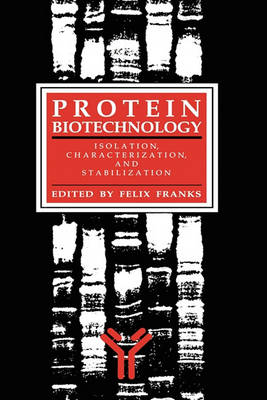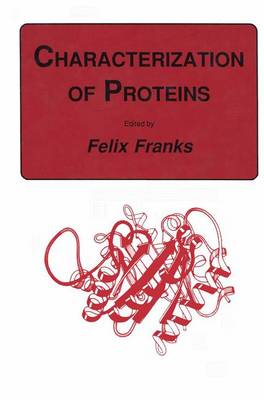Biological Methods
2 total works
Felix Franks' new volume, Protein Biotechnology, is a comprehensive compendium of state-of-the-art techniques for isolating, purifying, characterizing, and analyzing proteins as commercial products, both in vitro and in vivo. The book also highlights leading-edge analytical methods used throughout biotechnology today, especially in quality control, and contains a wealth of economic and technical information. The book's particular strength lies in its emphasis on proteins as commercial products, not merely experimental laboratory entities. Topics treated include: description and classification of proteins economics and technology of characterization analytical chromatography of amino acids, peptides, and proteins structure, organization, and function posttranslational processing fragmentation peptide sequence determination electrophoretic techniques polyclonal and monoclonal antibodies conformational stability protein hydration recombinant protein technology storage stabilization process purification. An essential tool for everyone who needs to stay effective in today's highly competitive biotechnology arena.
Proteins are the servants of life. They occur in all component parts of living organisms and are staggering in their functional var- ty, despite their chemical similarity. Even the simplest single-cell organism contains a thousand different proteins, fulfilling a wide range of life-supporting roles. Their production is controlled by the cell’s genetic machinery, and a malfunction of even one protein in the cell will give rise to pathological symptoms. Additions to the total number of known proteins are constantly being made on an increasing scale through the discovery of mutant strains or their production by genetic manipulation; this latter technology has become known as protein engineering. The in vivo functioning of proteins depends critically on the chemical structure of individual peptide chains, but also on the detailed folding of the chains themselves and on their assembly into larger supramolecular structures. The molecules and their fu- tional assemblies possess a limited in vitro stability. Special methods are required for their intact isolation from the source material and for their analysis, both qualitatively and quantitatively. Proteins are also increasingly used as “industrial components,” e.g., in biosensors and immobilized enzymes, because of their specificity, selectivity, and sensitivity. This requires novel and refined proce- ing methods by which the protein isolate can be converted into a form in which it can be utilized.

